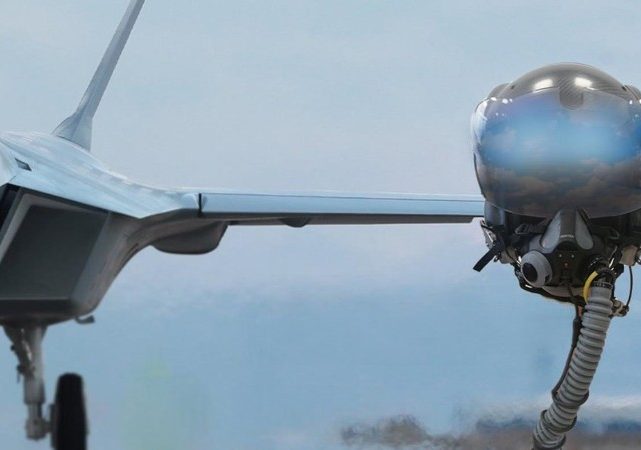S
omali pirates have resurfaced in the western Indian Ocean, posing renewed threats to global shipping companies and adding to the challenges already faced by the industry. After lying dormant for nearly a decade, recent pirate raids are escalating, driven by a security vacuum left by Houthi strikes and a reduction in international naval operations.
The resurgence of piracy was starkly illustrated when a Bangladeshi-owned bulk carrier, the Abdullah, fell victim to a pirate attack. Despite sending out distress signals, the crew found themselves helpless as Somali pirates boarded the vessel, taking the captain and second officer hostage. While no injuries were reported, the incident underscores the risks faced by ships traversing the region.
According to industry representatives, there have been more than 20 attempted hijackings since November, driving up costs for shipping companies. Prices for armed security guards and insurance coverage have soared, raising concerns about potential ransom payments. Pirates, taking advantage of reduced international naval operations, see an opportunity to exploit the situation.
A resurgence of piracy?
While the current threat level is not as severe as it was during the peak of piracy incidents in 2008-2014, there are growing concerns that the problem could escalate if left unchecked. Somali President Hassan Sheikh Mohamud emphasized the importance of addressing the issue promptly, warning that failure to do so could lead to a resurgence of piracy on the scale seen in the past.
Recent interventions by the Indian Navy have resulted in the rescue of hostages and the surrender of pirates, demonstrating the potential deterrent effect of robust naval presence in the region. However, concerns remain about the capacity of regional maritime law enforcement agencies, with limited resources and infrastructure hindering their effectiveness.
In response to the escalating threat, industry stakeholders are calling for a coordinated effort to bolster maritime security in the region. This includes strengthening Somalia’s law enforcement capacity at sea and on land, as well as maintaining a robust international naval presence to deter pirate activity.
Busy shipping lane
The waterways off Somalia constitute some of the busiest shipping lanes globally, with an estimated 20,000 vessels navigating through the Gulf of Aden annually. These vessels transport a wide range of goods, including furniture, apparel, grains, and fuel, traversing between Europe and Asia via the Red Sea and Suez Canal, which offers the shortest maritime route.
During the peak of Somali piracy in 2011, the International Maritime Bureau reported a staggering 237 attacks launched by pirates, resulting in the capture of hundreds of hostages. The Oceans Beyond Piracy monitoring group estimated that these activities cost the global economy approximately $7 billion, with ransom payments amounting to hundreds of millions of dollars.
While the frequency of attacks has decreased significantly since then, maritime risk managers and insurers note that pirates now tend to target smaller vessels in less patrolled waters. According to data from EUNAVFOR, since November, Somali pirates have successfully seized at least two cargo ships and 12 fishing vessels, indicating a resurgence in their activities.
As the situation remains fluid, the resurgence of Somali piracy serves as a stark reminder of the ongoing challenges faced by global shipping companies operating in one of the world’s busiest and most strategically significant maritime regions.
Source: Reuters
Recommended





